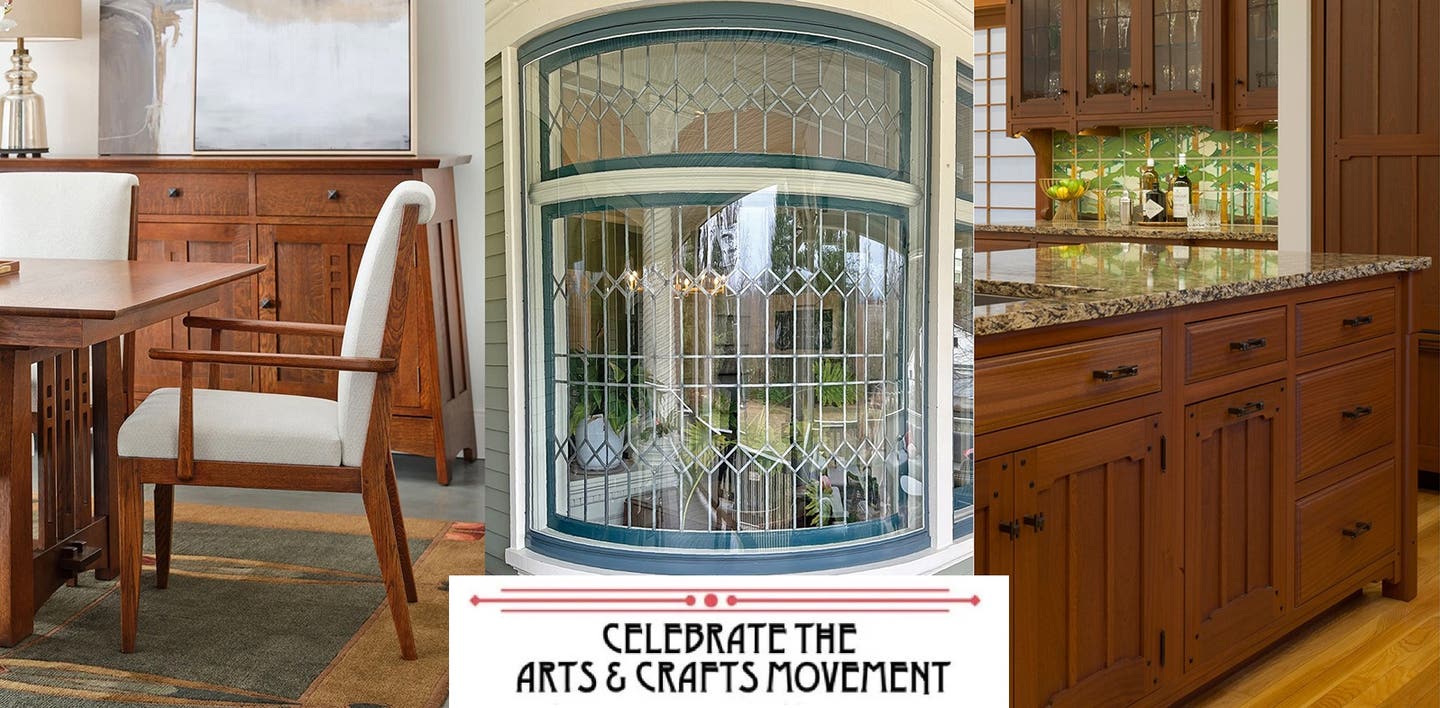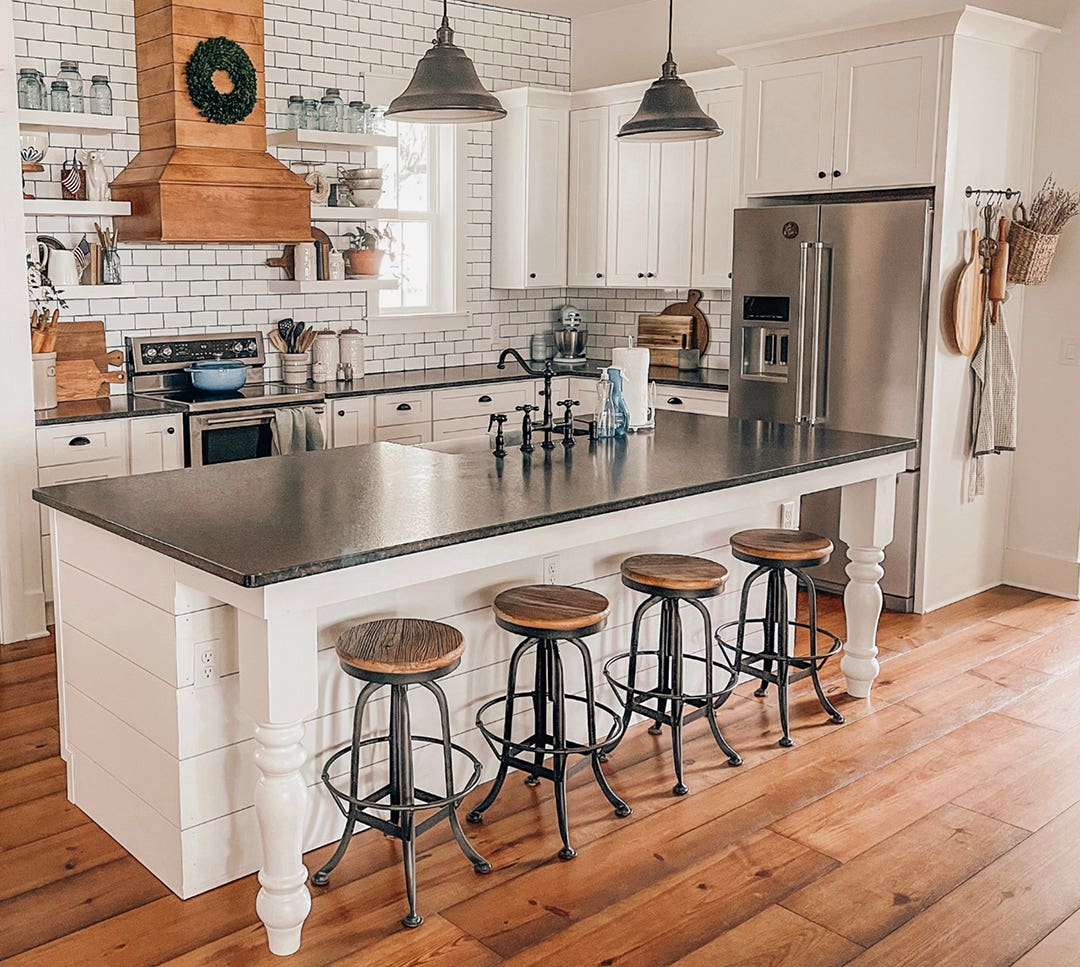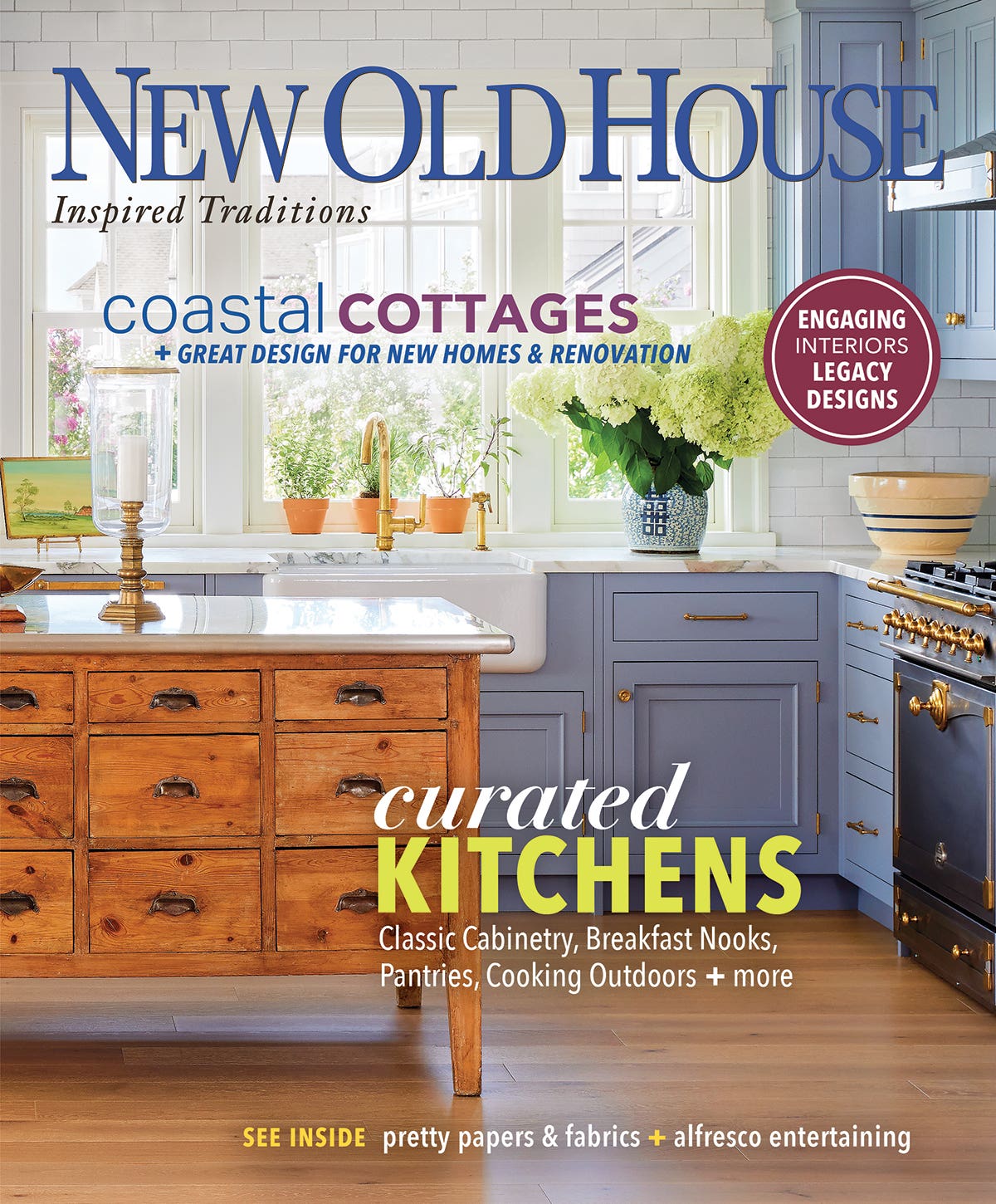The Guild: Dale Barnard
He’d already made a specialty of period work when he discovered Greene & Greene. A third-generation woodworker, Dale Barnard had already made a specialty out of building period-appropriate cabinetry and…
He'd already made a specialty of period work when he discovered Greene & Greene.
A third-generation woodworker, Dale Barnard had already made a specialty out of building period-appropriate cabinetry and other built-ins when clients asked him to build them a desk in the style of Charles and Henry Greene.
It was the mid-1990s. Dale had barely heard of the famous brothers synonymous with Pasadena’s Ultimate Bungalows. After he completed the desk using only books for reference, his clients decided to build a new house in the Greene & Greene style. Having made plans to visit California, “they sent me a plane ticket,” Barnard says. “We got off the plane and immediately went to the Gamble House.”
The late Randell Makinson himself let them in to this ne plus ultra of bungalows, allowing Dale to take measurements and providing access to behind-the-scenes areas like the kitchen. It was his first introduction to a Greene & Greene house. We should all be so lucky. Dale’s clients eventually built their house and filled it with inspired furniture, built-ins, and even an Arts & Crafts refrigerator cabinet. “When I got into Greene & Greene, I went national, in a way. It’s such a specialized style. There’s a market for it, but it is spread out.”
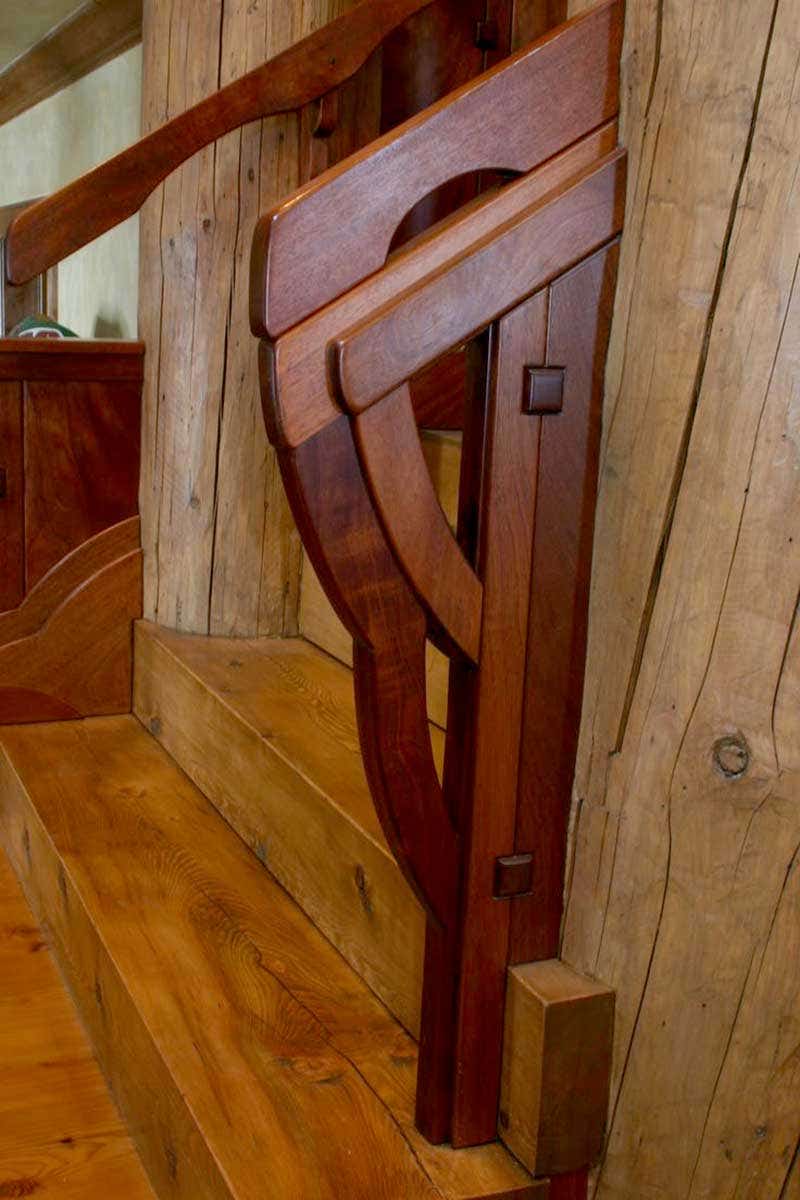
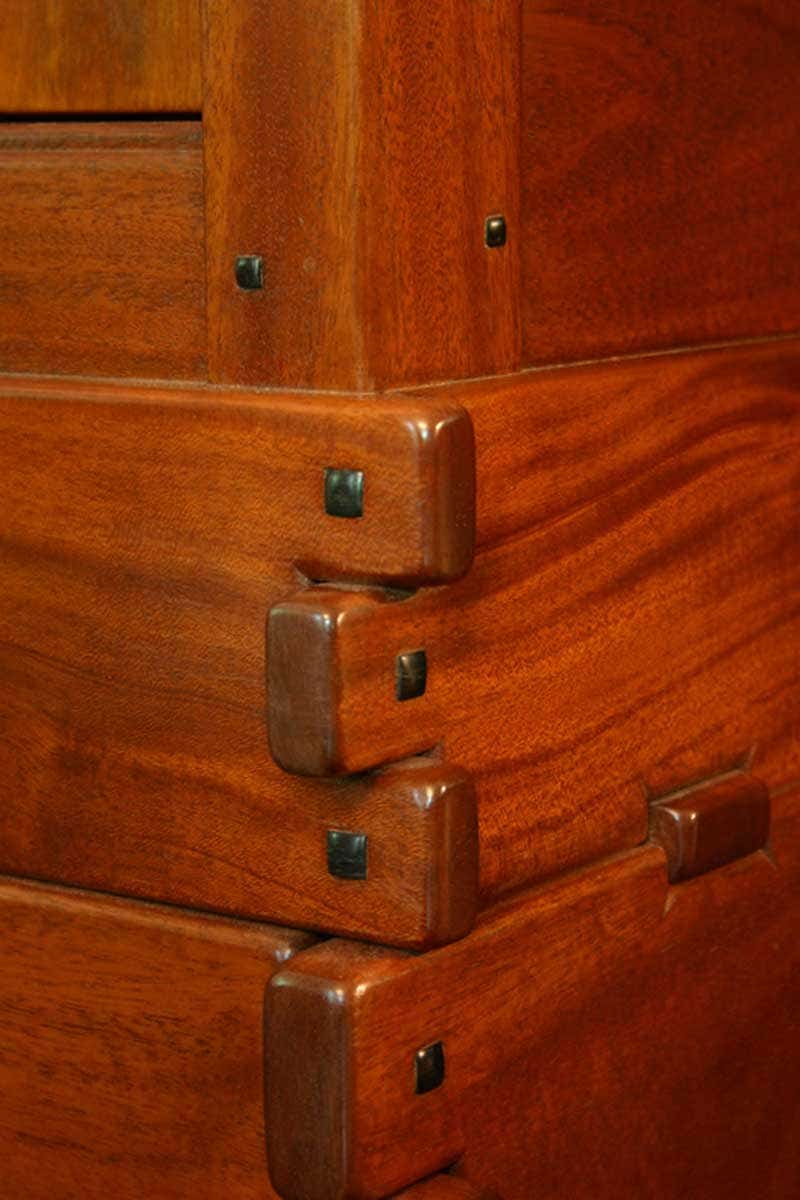
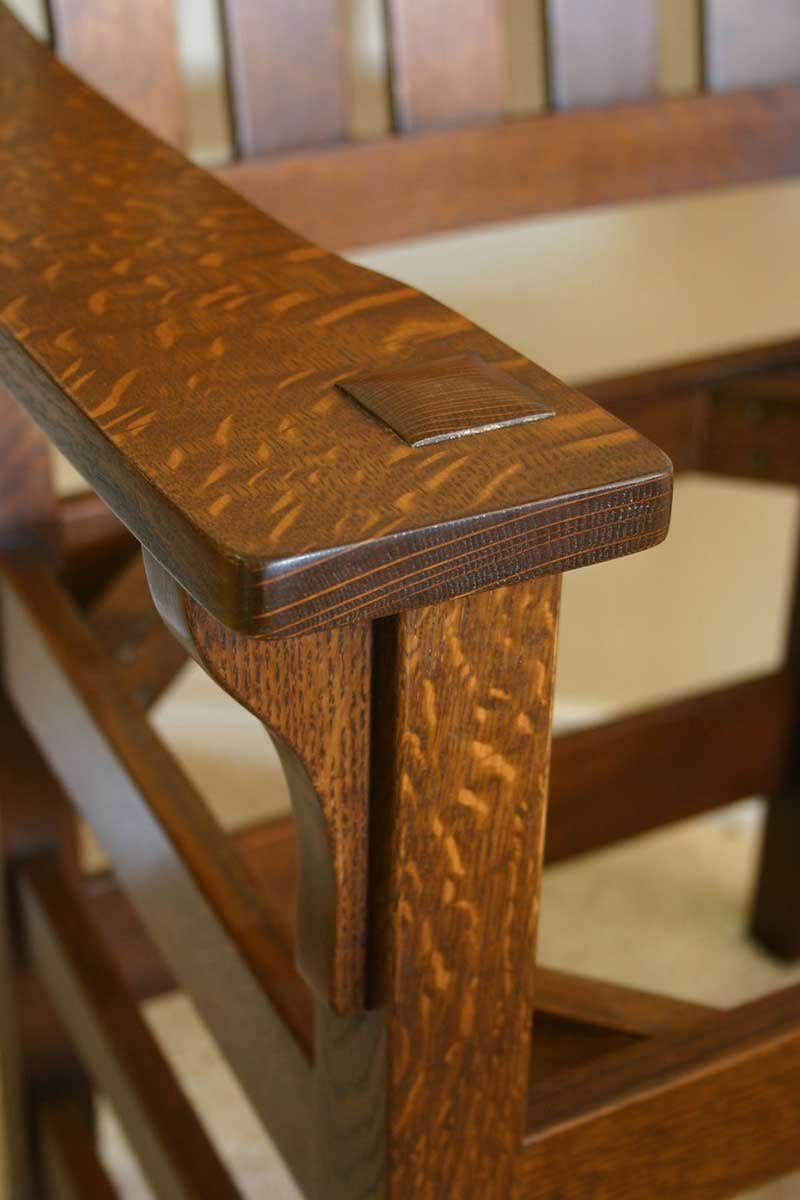
A lifelong resident of Indiana, Dale moved from the Indianapolis area to Paoli in the 1980s, where he started refinishing furniture for antiques dealers. He quickly became so skilled that the dealers began to bring him the really tough jobs. “You find out what kind of joints work, the techniques that work. Why did this table crack while this one didn’t?” One of his secrets: replacing damaged wood with wood that’s the same age as the antique.
From there, it was a logical progression to build his own furniture. When he recently exhibited a Stickley clock at a juried show, one of his woodworking students told him people were reaching across the ropes to touch it. That didn’t bother Dale. “That’s what I want to do when I see a great piece in a museum. I want to turn it upside down and see how they built it.”
IN CLASS
Since 2007, Dale has been teaching woodworking classes in his shop: “I thought I’d try it for fun, and I just loved it.”
He offers 12 to 15 classes a year, mostly to small groups. Projects range from building a Sam Maloof-style rocker to Arts & Crafts lamps featuring art glass. Most projects are built with power tools because Dale values the precision they offer. “I had a guy tell me that I use power tools like other people use hand tools.”
For instance, removing just a millimeter or two from a straight edge with a hand plane requires years of skilled learning. On a table saw, he shows participants how to divide 1/16" into four. “We call that ‘hairs.’ Pretty soon they can do it by sight.”
BEYOND BOX CABINETS
When Barnard was a finish carpenter in the late 1970s, there was no such thing as “period” cabinetry. He and his brother, Barney, were installing a brand of cabinets with full inset doors—the first he’d ever seen—in a historic house when one of the units got knocked down. Rather than send the cabinet back to the factory to be repaired, he told the owner he thought he could fix it himself. Once he’d finished, “you couldn’t tell it had been broken,” Dale says. When he found out how much the owner had paid for the cabinets, “I thought, golly, if I could fix these cabinets, maybe I can build ’em.”
His trial cabinet took two weeks to make. He perfected the tools needed to produce well-fitting joints—and the next cabinet took two hours.
Mary Ellen Polson is a creative content editor and technical writer with over 20 years experience producing heavily illustrated know how and service journalism articles, full-length books, product copy, tips, Q&As, etc., on home renovation, design, and outdoor spaces.




